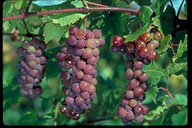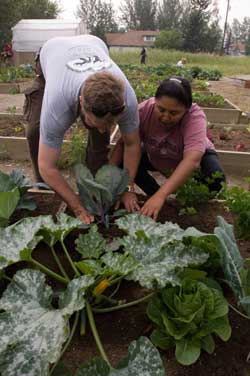This week for the Extension 2.0 course, we were asked to explore images and videos for our blogs. I would love to include in the blog and the workshop curriculum some photos that illustrate “Building Extension’s Public Value.” However, “public value” is not an easy concept to capture in a picture.
Here is the definition of public value from the workshop curriculum: “In Cooperative Extension, we understand the value of our programs to participants. But ‘public value’ is the value of a program to those who do not directly benefit from the program.” (Kalambokidis and Bipes, 2007). So, for an image to illustrate that concept, it would need to show people doing something (action shot!) as part of an Extension program that will benefit the greater community.
I searched on various tags in the online photo-sharing site, Flickr, including “Master Gardener,” “4-H,” “Cooperative Extension,” and “Sea Grant.” (As an aside, searching on “Extension” in Flickr yields great images for those interested in hair extensions or camera lenses, but little that serves my purpose.) I saw a lot of lovely photos of forests, crops, livestock, shellfish, and gardens. I also saw fun shots of people enjoying themselves, or getting hands-on training, without a clear connection to the public benefits they are generating.
Here is a nice photo of industrious Master Gardeners that I think conveys “public value.” While it’s not immediately obvious from the single photo, the rest of the photo set makes clear that they are working at a public garden, thus benefiting everyone who uses and values the space.
What do you think? Do you have any images that you think tell a story about Extension’s public value?



